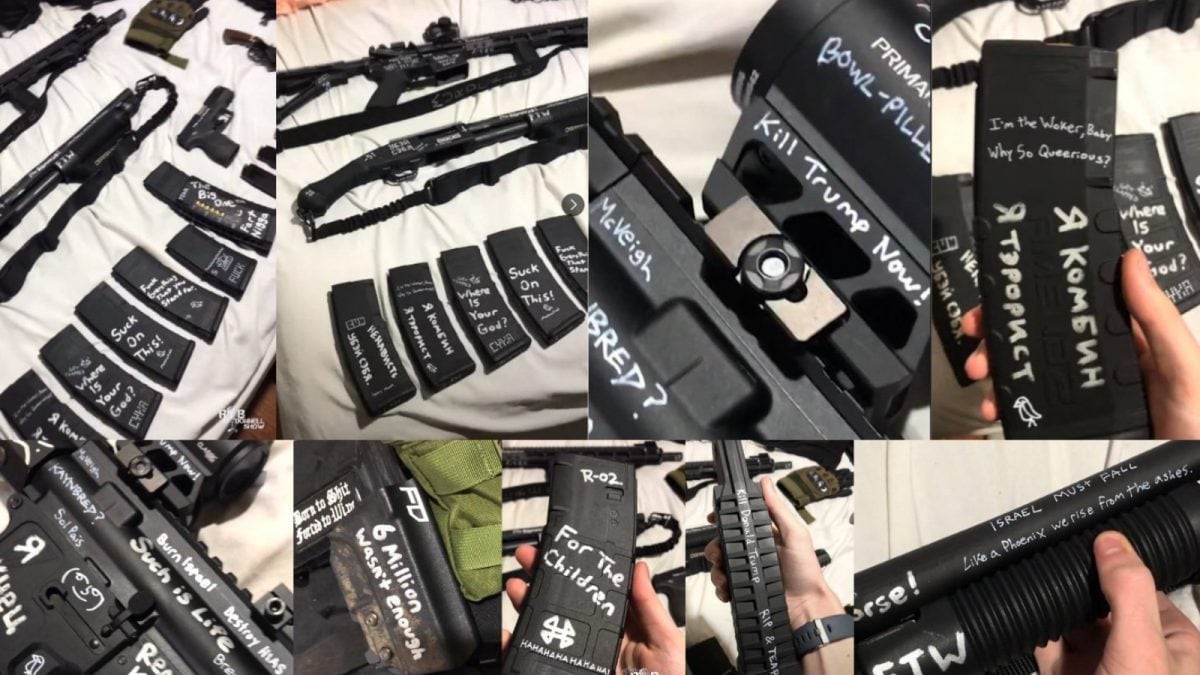Officials from a special unit of the country's health safety agency Senasica run a three-month intensive training program for a select group of dogs to sniff out screwworm.

A drone view shows empty cattle pens near the Mexico-U.S. border, after the U.S. Department of Agriculture suspended Mexican cattle imports due to the spread of screwworm in Mexico on July 10, 2025. (Photo by Reuters)
With tail wagging, tongue out and ears perked, Hummer - a young mixed-breed dog with a slick black coat - sits down in front of a sample of screwworm scent, promptly accepting praise and treats from his handler.
Trained to detect the smell of screwworm, a flesh-eating pest that has infected Mexico's cattle herd and disrupted livestock trade with the United States, Hummer and his canine colleagues offer a glimmer of hope in controlling the worm.
At a government-run training center about an hour outside Mexico City, officials from a special unit of the country's health safety agency Senasica run a three-month intensive training program for a select group of dogs to sniff out screwworm and other pests or diseases in live animals or agricultural products.
Most of the dogs are rescued from shelters, allowing animals that may have been abandoned for being too difficult to find a new life. Feisty pups that steal food from the table, never calm down and have a relentless desire to play are the perfect candidates.
"Sometimes what people don't want is the ideal for us," said Cesar Dangu, head of the canine training center Ceacan. "We also have to look for other qualities: that they don't get angry, they are affectionate, they can live with people and with other animals."
Not all dogs respond to the aroma of screwworm, a pest that infests livestock and wildlife and carries maggots that burrow into the skin of living animals, causing serious and often fatal damage.
Some dogs will refuse to approach the aroma, Dangu said, making those that take to it even more valuable in their task.
After cases started emerging in Mexico, the US closed its southern border to imports of certain livestock, including cattle, in May before a gradual reopening began this week.
On Wednesday, however, the US government once again closed the border to cattle after a new case of screwworm was detected in Veracruz state, about 370 miles (595 km) south of the US border, a decision Mexican President Claudia Sheinbaum called "exaggerated."
On a sunny afternoon at Ceacan, just hours after the border closure announcement, the work of the dogs took on new urgency.
There are only six screwworm-sniffing dogs working at a livestock border passage in the southern state of Chiapas, which borders Guatemala, the heart of Mexico's screwworm infestation.
Havana, a two-year-old Shepherd mix, practices detecting screwworm on cow-sized equipment inside a greenhouse, a training exercise meant to mimic the sweltering heat the dogs must tolerate in Chiapas, said instructor Mayte Tontle.
"We want our dogs to adapt as much as possible to the real-life conditions," Tontle said.
With at least 47 new cases of screwworm detected daily in Mexico, according to government data, the handful of highly trained canines are a small element of Mexico's response, which also includes a $51 million facility in Chiapas to produce sterile flies to reduce the reproducing population of the wild flies.
The plant, with a hefty $21 million investment from the U.S., is expected to be ready in the first half of 2026.
The dogs trained at Ceacan will work until they complete eight years on the job or turn 10 years old, whichever comes first.
After that, they retire.
"I would say 99% of the dogs are adopted by their handler. There is an unbreakable link because of the love between the handler and the dog," Dangu said.
- Ends
Published On:
Jul 11, 2025

 1 month ago
1 month ago













